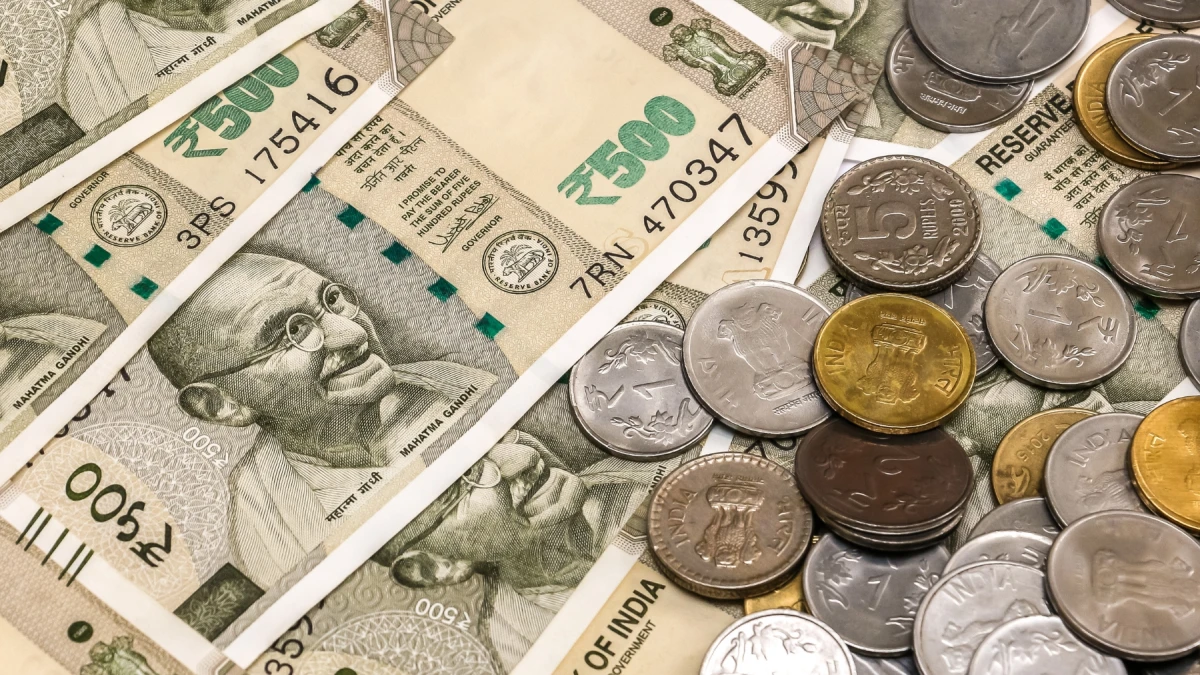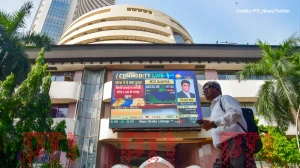The rupee recovered sharply and ended 47 paise higher at 87.18 against the US dollar on Friday, following a steep fall in the American currency triggered by a slower-than-expected job growth in the world's largest economy.
Lower crude oil prices and suspected RBI's move helped the local currency resist pressure from the negative domestic equity market and sustained outflow of foreign funds, according to forex traders.
They further said US President Donald Trump's sweeping new tariffs triggered fresh concerns over a much wider disruption in the global trade landscape.
On Wednesday, Trump announced a 25 per cent tariff on Indian imports and an additional penalty for New Delhi's purchases from Russia. The new levies will come into effect from August 7.
At the interbank foreign exchange, the domestic unit opened at 87.60 against the greenback, touching an intra-day high of 87.18 against the American currency.
At the end of Friday's trading session, the local unit settled at the day's peak of 87.18, logging a steep gain of 47 paise from its previous closing level.
On Thursday, the rupee had recovered 15 paise from an all-time low level to close at 87.65 against the US dollar.
"Mixed to positive economic data from the US supported the greenback. However, Rupee pared initial losses on softening crude oil prices and reports of intervention by the RBI at record low levels," said Anuj Choudhary – Research Analyst at Mirae Asset Sharekhan.
Meanwhile, the dollar index, which gauges the greenback's strength against a basket of six currencies, plunged by 1.02 per cent to 98.72.
Analysts attributed the weakness in dollar to the latest data that showed the US economy added lesser-than-expected number of jobs in July. Also, the country's job growth numbers for June were revised down, fuelling expectations of rate cuts by the Federal Reserve.
Brent oil prices also tumbled 2.79 per cent to USD 69.70 per barrel, as traders expect that higher US tariffs may curtail economic activity and reduce global fuel demand.
In the domestic equity market, the 30-share BSE Sensex declined 585.67 points, or 0.72 per cent, to close at 80,599.91, while the Nifty fell 203.00 points, or 0.82 per cent, to settle at 24,565.35.
Foreign institutional investors (FIIs) offloaded equities worth Rs 3,366.40 crore on a net basis on Friday, according to exchange data.
"FII outflows may further pressurise the rupee," Choudhary said, adding, "USD-INR spot price is expected to trade in a range of 87.15 to 88." Meanwhile, India's manufacturing sector growth strengthened in July to a 16-month high of 59.1, supported by faster increases in new orders and output amid favourable demand conditions, a monthly survey said on Friday.
The seasonally adjusted HSBC India Manufacturing Purchasing Managers' Index rose from 58.4 in June to 59.1 in July, signalling the strongest improvement in the health of the sector since March 2024.
The country's forex reserves rose by USD 2.703 billion to USD 698.192 billion during the week ended July 25, the RBI said on Friday. In the previous reporting week, the overall reserves had dropped USD 1.183 billion to USD 695.489 billion.
Gross GST collection increased 7.5 per cent to about Rs 1.96 lakh crore in July on higher domestic revenues.
According to data released by the Controller General of Accounts (CGA) on Thursday, the centre's fiscal deficit stood at 17.9 per cent of the full-year target at the end of June.
It was at 8.4 per cent of the Budget Estimates (BE) of 2024-25 in the first three months of the previous financial year.
In absolute terms, the fiscal deficit, or gap between the government's expenditure and revenue, was Rs 2,80,732 crore in the April-June period of the 2025-26 fiscal year.
This report includes content sourced from Press Trust of India (PTI), edited for clarity and context.






